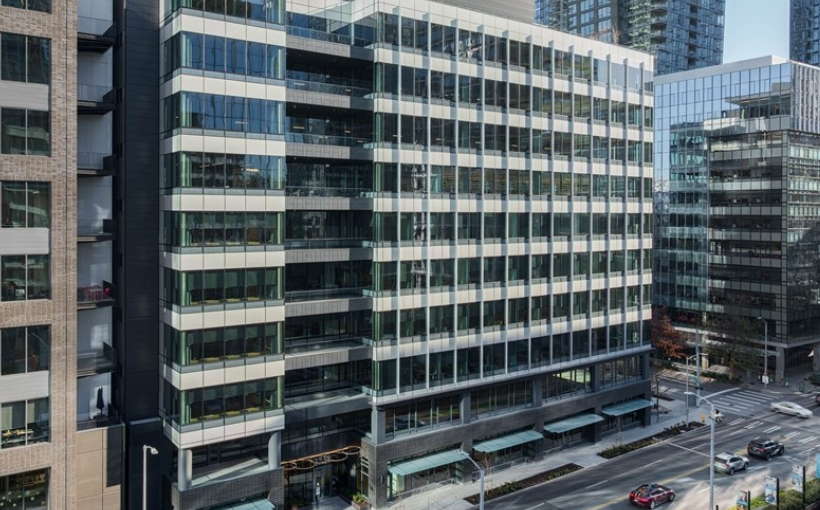Life sciences real estate encompasses laboratory, manufacturing, and office spaces for companies involved in the research and development of scientific products and services. In recent years, this sector has gained popularity as a highly sought-after asset class, resulting in a surge in demand and ongoing construction.
According to reports from CBRE and JLL (soon-to-be-released), the life sciences industry is facing both challenges and opportunities in the upcoming year. Despite potential obstacles, strong fundamentals are expected to support this sector – along with its corresponding real estate market. Here are some key trends that these firms are closely monitoring:
Significant Industry Disruptions
Experts at JLL and CBRE have observed disruptions within the life sciences field due to emerging technologies such as 3D printing, closed-loop continuous systems,and artificial intelligence. These advancements not only address unmet medical needs but also drive progress towards sustainable materials.
As a result of these changes,the fundamentals of this industry will serve as “a stabilizing force” in the short term while acting as catalysts for long-term growth according to CBRE.
Positive Economic Outlook
Like other sectors within real estate,the life sciences industry is affected by factors such as high-interest rates,a slowing economy,and geopolitical conflicts which have impacted sales transactions.However,CBRE notes that despite current challenges,the future looks bright with solid fundamentals paving way for recovery once these issues resolve.The focus now lies on capital preservation through conservative investment strategies.
JLL adds that new modalities like GLP-1 agonists,radiopharma,and antibody-drug conjugates(ADCs)will help boost growth prospects.These treatments show promising clinical efficacyand blockbuster potential accordingto JLL experts.Additionally,in line with corporate responsibility goals,lifesciences companiesare striving towards environmentally friendly operationsand facilities management.This trend not only reduces costsbut also decreases reliance on traditional energy sources,saysJL L .
Supply And Demand Dynamics
The report released by JLL highlights the shift in focus from a macro to a hyperlocal perspective within the life sciences industry.This means that investment,construction,employment,and other decisions are now based on detailed analysis of specific locations.JLL also predicts that this sector will become an occupier’s market with more options for suitable physical spaces.
CBRE notes negative net absorption for lab/R&D space in 2023 due to increased construction. The top three life sciences markets (Boston-Cambridge,San Francisco Bay Area,and San Diego) have seen higher levels of venture capital funding between 2019 and 2021,resultingin “more risk-taking,misallocation of capital,and overzealous expansion plans,” accordingto CBRE.These markets have also experienced significant construction activity.
To attract tenants,landlords are offering better termsand highly amenitized spaces,JLL reports.Meanwhile,CBRE anticipatesa decrease in construction by 2025 leading to stabilizationof leasing activities.
In conclusion,the life sciences industry may face short-term struggles,but long-term stability is expected thanks to strong fundamentals and emerging opportunities. This article was originally published on Connect CRE.




